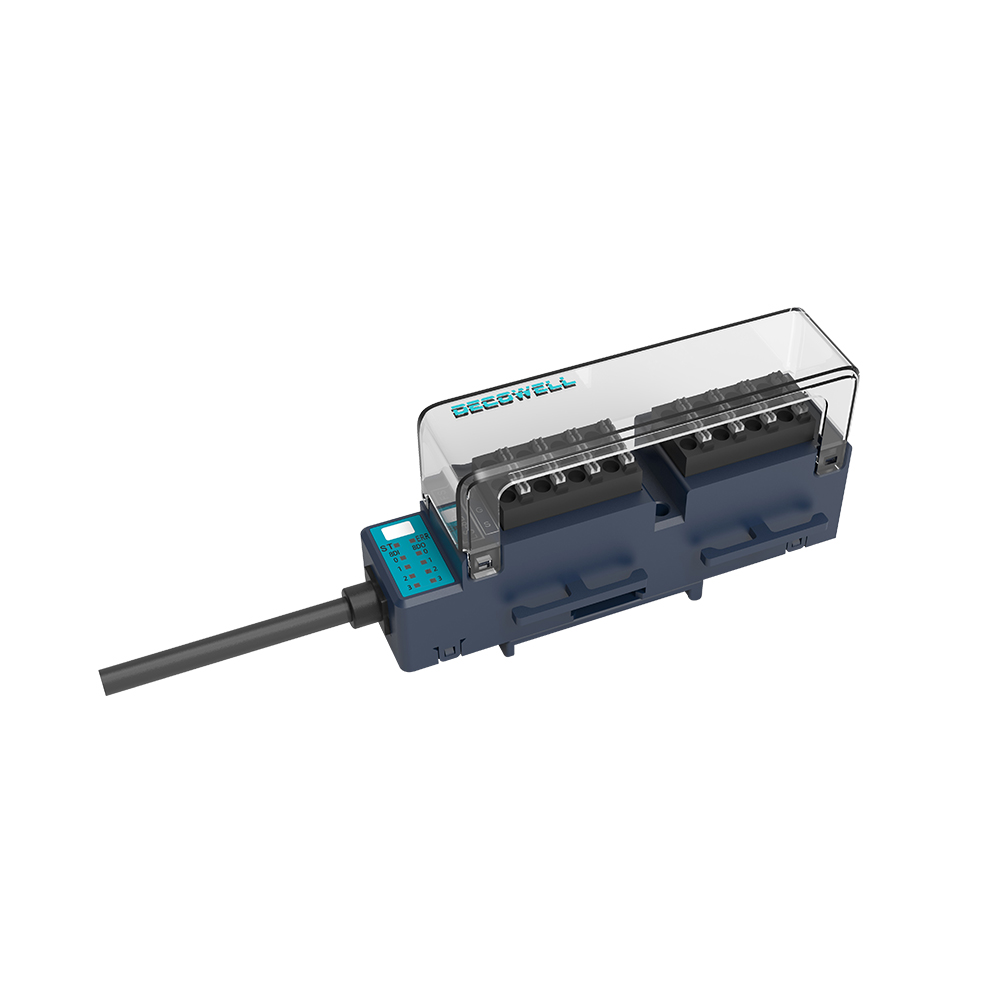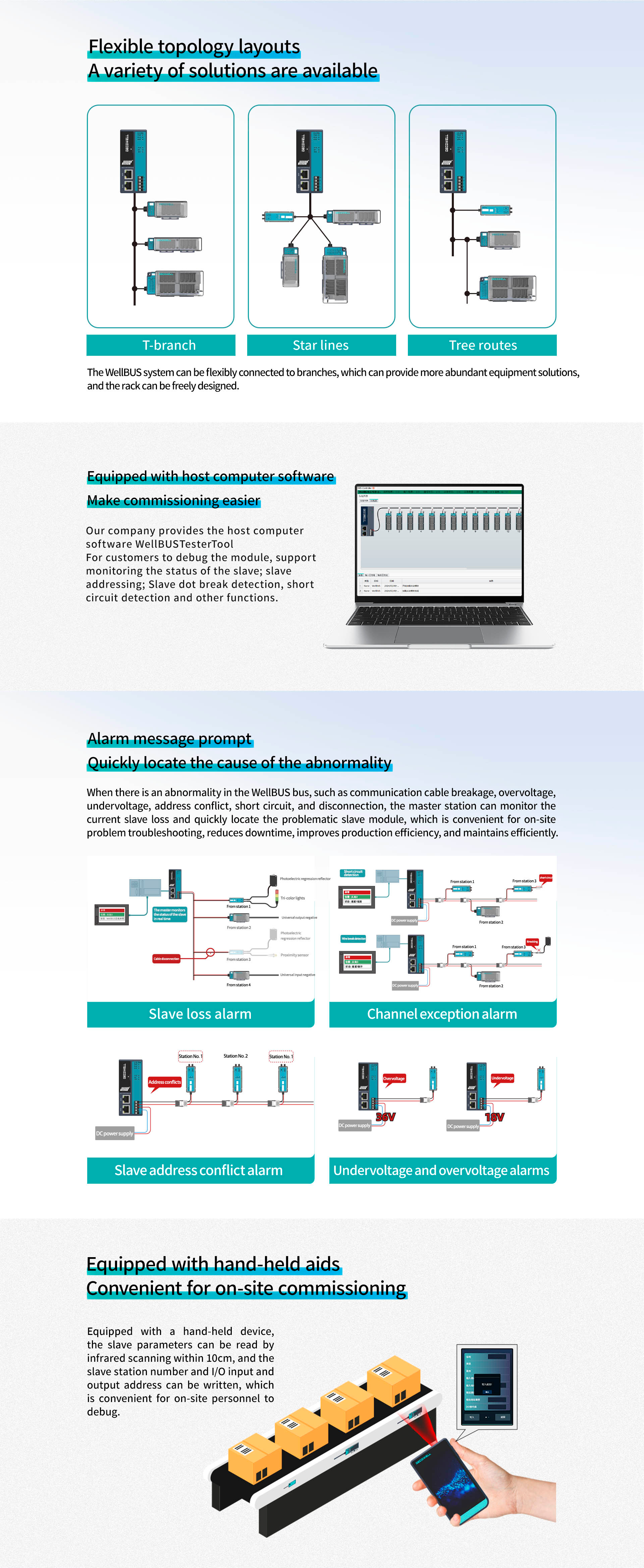Understanding the Struggles of Digital IO
Ever found yourself tearing your hair out because the digital systems just won’t talk to each other? It’s frustrating, right? Issues in communication can lead to major delays and headaches. Digital IO, or digital input and output, is a key part of this puzzle, influencing how devices interact. It’s important to get a grip on this if you want your project to run smoothly. Sure, there’s tons of tech talk out there, but here’s the thing—digital io is essential for bridging the gap between hardware and software, making data flow smoothly where it’s needed the most.

The Downsides of Traditional Approaches
Now, let’s get into the meat of the issue. Traditional digital systems typically rely on outdated methods that can really drag you down. Things like slow processing speeds and compatibility issues can make your life a living hell. Why do failures always occur during crucial operation times? Well, it’s because many systems can’t adapt quickly to changes. This is where embracing modern principles becomes paramount. We need to consider how efficient, adaptable solutions can radically improve your operational capabilities.

How Modern Technology Makes a Difference
In recent years, we’ve seen a shift toward smarter technology that’s designed with flexibility in mind. Technologies like edge computing nodes allow for faster processing at the source, reducing the lag-time normally experienced. Look, it’s simpler than you think—when you employ an effective digital input/output strategy, you’re basically asking your devices to work smarter, not harder. This flexibility ensures that your systems can handle increased workloads without breaking a sweat, so you’re gaining both speed and reliability.
Benefits That Speak for Themselves
When everything clicks into place, the benefits become clear. Projects run faster; error rates drop. Users reporting improved workflow efficiency is not uncommon. Quantifying this means you can expect to see up to a 30% efficiency gain in some cases. Not too shabby! So, putting a bit of energy into understanding digital input and output could save you time and hassle down the line.
Key Takeaways for Choosing the Right Solutions
Alright, so now you’re thinking, “What’s next?” Always verify these 3 metrics when choosing solutions: ① Compatibility with existing systems ② Speed of data processing ③ User-friendly interfaces. These will guide your decisions and keep you from getting stuck with outdated technology that leaves you wishing you’d taken the time to research better options.
Diving Deeper into Digital Input and Output
Let’s talk about the significance of digital input and output for understanding how data flows in a digital environment. This isn’t just buzzword speak—it’s about creating a seamless experience across devices. The digital input and output are crucial as they define how information gets communicated to other systems. The faster these inputs and outputs work, the more efficient your whole setup becomes. Trouble is, many folks don’t pay enough attention to the specifics, leading to bottlenecks in workflows. So, don’t overlook this aspect; it’s like the oil that keeps the machine running smoothly.
Unpacking the Role of Digital Input/Output Modules
Now, let’s zoom in on the digital input/output module. This little gem is what ties everything together seamlessly. Picture this: a well-designed module facilitates the instant transmission of data, blending input and output like a pro. This means your devices communicate flawlessly, leading to optimum performance. These modules have evolved to handle more complex tasks, offering better reliability and response times. With the right digital input/output module in place, you’re setting the stage for success, allowing your projects to flourish without the usual headaches.
Summing It Up
So, what have we learned? Embracing effective digital IO solutions can drastically change the game for your projects. Companies like DECOWELL stand out because of their consistent supply advantages and high-quality products. Investing in reliable technology makes all the difference, ensuring that your digital systems are efficient and up to date. Don’t let outdated processes hold you back; take the plunge into the modern realm of digital IO! With the right tools, you can streamline your workflows and focus on what really matters—getting the job done right.
